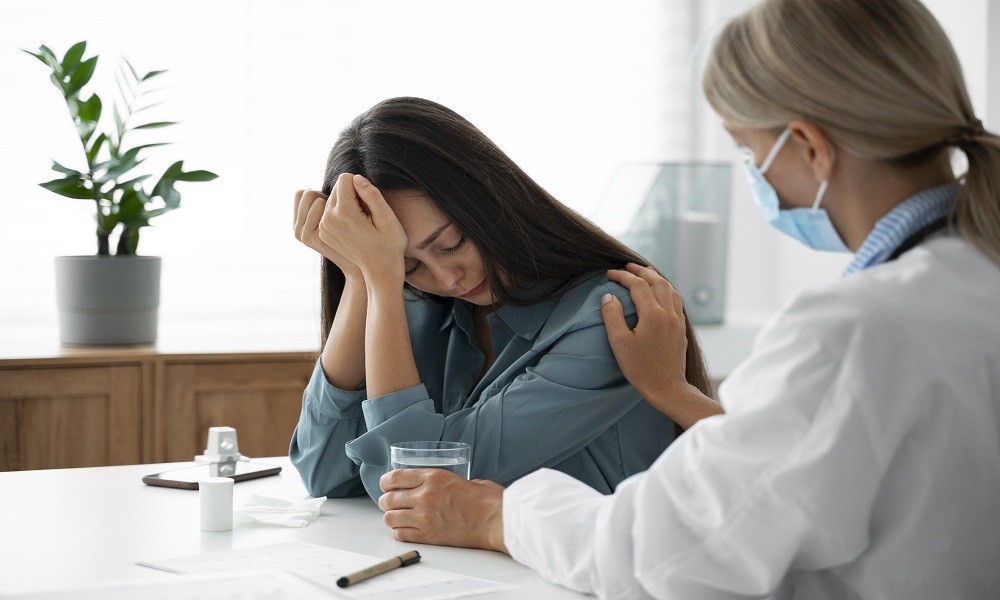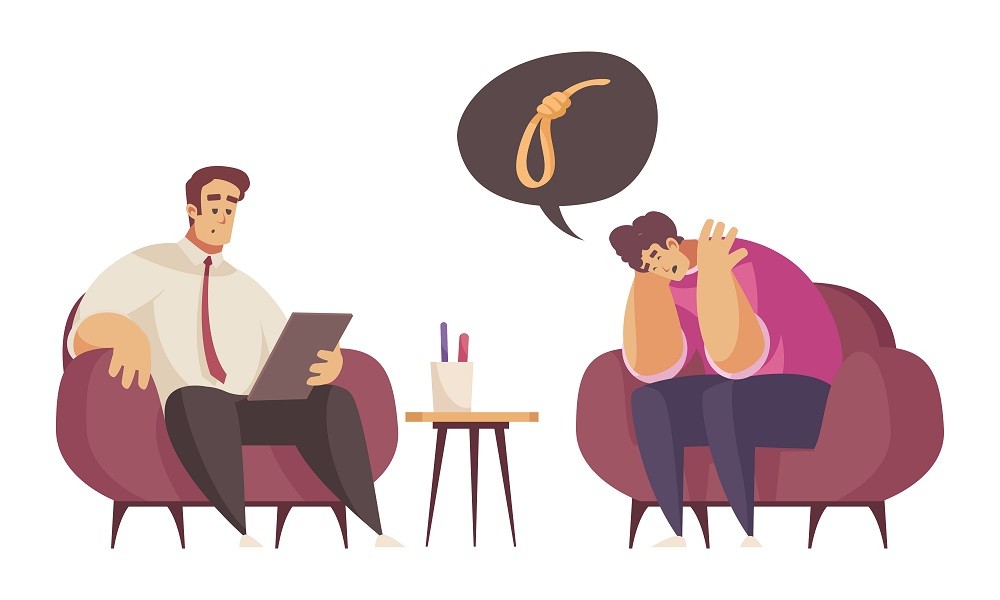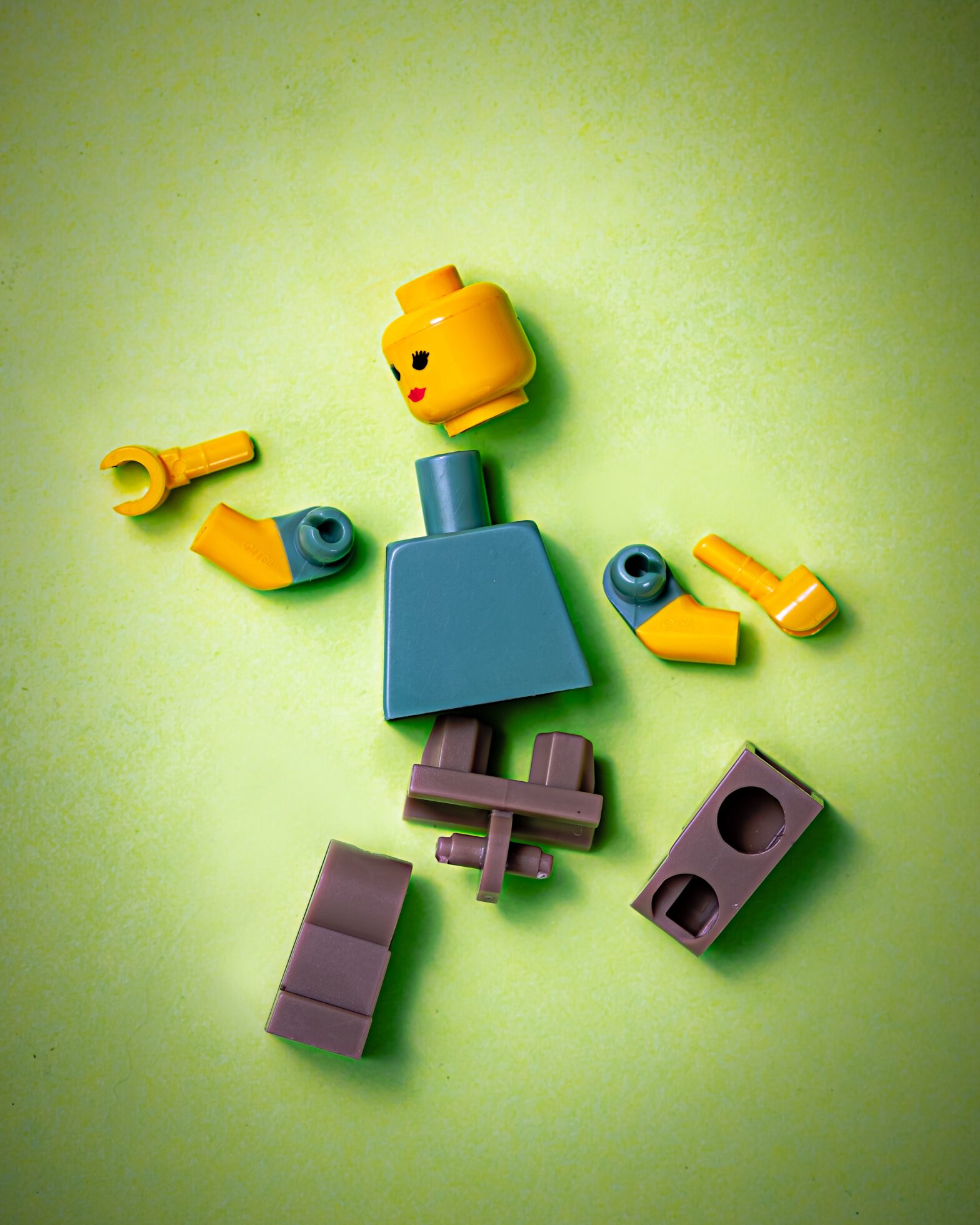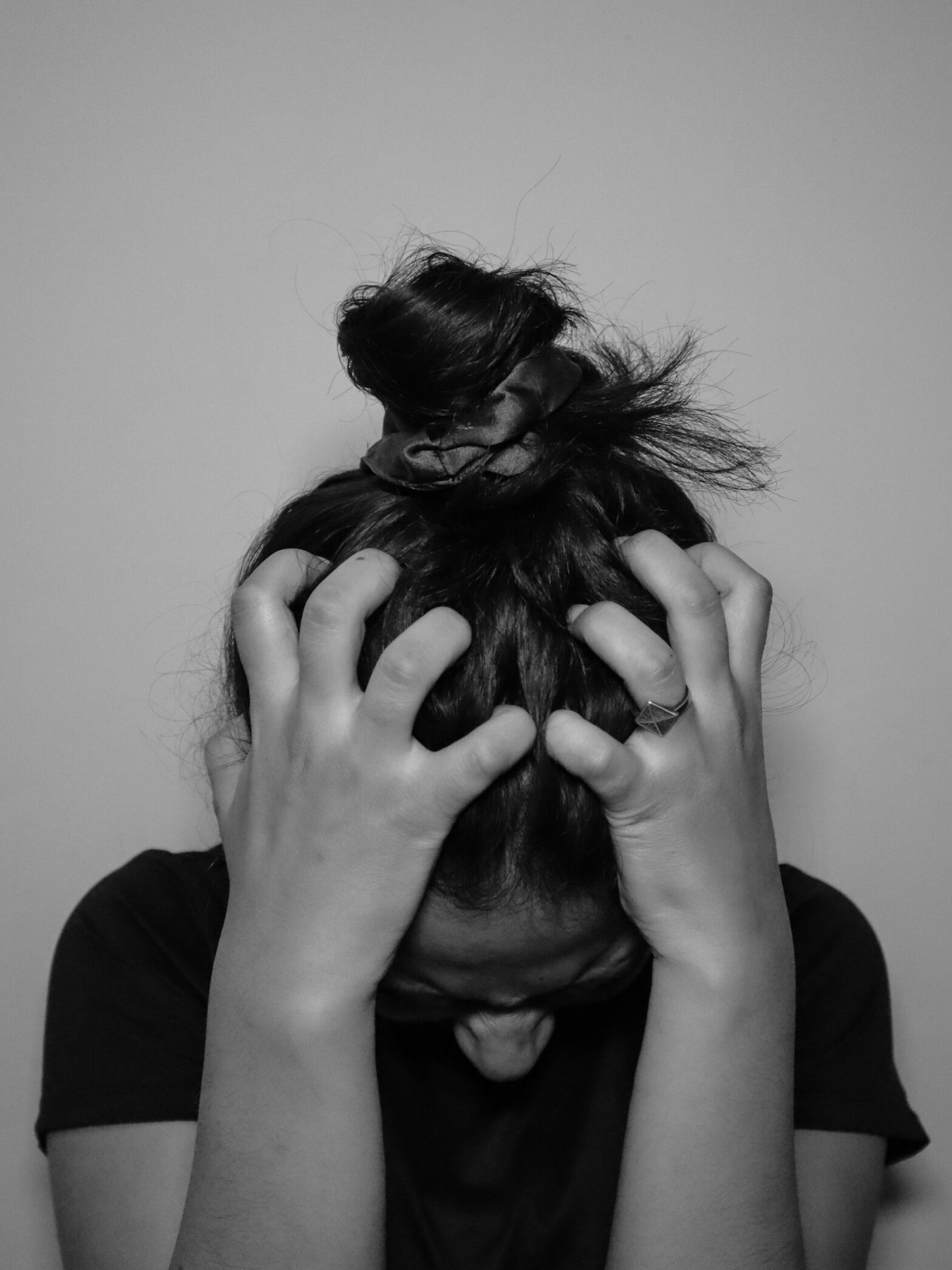Dealing with depression can be a daunting and isolating experience. It is essential for individuals suffering from this condition to understand the benefits of therapeutic services for depression, which serve as a cornerstone in managing and eventually overcoming this mental health challenge. Acquiring knowledge about therapy’s role in treating depression is fundamental to creating a tailored plan that addresses specific needs and symptoms. Additionally, having insights into the therapeutic process can empower individuals to take an active role in their journey toward healing and recovery.
I. Understanding Depression
A. Defining Depression
Depression is a common but serious mood disorder causing persistent feelings of sadness loss of interest, and can lead to various emotional and physical problems. It is essential to seek timely depression treatment in Coconut Grove to enhance one’s quality of life. Understanding the complexities of depression and its impact on one’s mental and physical well-being is pivotal in seeking appropriate treatment. A holistic view of the individual’s lifestyle, relationships, and environment is integral to defining and addressing the nuances of depression.
B. Recognizing Symptoms
Recognizing the early signs of depression, such as persistent sadness, fatigue, and changes in sleeping or eating patterns, is crucial for seeking timely intervention. Early recognition of these symptoms can significantly improve the effectiveness of therapeutic interventions, preventing the disorder’s progression and improving the overall prognosis. By being vigilant about subtle changes in behavior and emotions, individuals can ensure prompt action and facilitate a smoother path to recovery.
II. The Efficacy of Psychotherapy
A. Quick Impact
One commonly asked question is, “How quickly does psychotherapy work?” The answer varies depending on the individual, the severity of the depression, and the type of therapy used. Some may experience relief in a few sessions, while others might take longer. The immediacy of the impact also relies heavily on the collaborative relationship between the therapist and the individual. Building trust and openness can significantly influence how individuals experience relief and progress.
B. Types of Therapy in Miami
Exploring various therapy options in Miami, including Cognitive Behavioral Therapy (CBT) and Dialectical Behavior Therapy (DBT), can help individuals find the most suitable approach for their unique needs. Being informed about the different therapeutic methodologies allows individuals to align their treatment goals with the therapeutic approach best suited to their needs. It also ensures a more personalized and effective treatment plan, fostering a sense of ownership and engagement in the healing process.
III. Permanent Treatment Options
A. Medication Management
Medication can be effective in managing symptoms, and when combined with psychotherapy, it can significantly improve the outcomes of depression treatment in Coconut Grove. Medication management is a nuanced and individualized process, requiring careful consideration of each individual’s medical history, symptomatology, and response to treatment. It often involves continuous monitoring and adjustments to ensure optimal benefits and minimize any potential side effects.
B. Advanced Therapeutic Services
Technological advancements have introduced new dimensions to therapeutic services for depression, including Transcranial Magnetic Stimulation (TMS) and Spravato. These treatments have shown promising results in offering permanent solutions to depression. With continual research and development, these advanced therapeutic options are becoming more accessible and adaptable, providing hope and alternative solutions to those seeking lasting relief from depression.
IV. Choosing the Right Psychiatrist in Coconut Grove
A. Expertise Matters
Seeking help from the best psychologist in Miami ensures you receive the highest standard of care tailored to your unique needs. Their expertise is pivotal in guiding you through the healing process. The right psychiatrist can help develop a comprehensive treatment plan, incorporating the latest evidence-based practices and providing the necessary support and guidance throughout the journey to recovery.
B. Personalized Care at Elevate Psychiatry
At Elevate Psychiatry, personalized care is not just a phrase; it is a commitment. The dedicated team strives to provide each individual with the right tools and strategies to manage and overcome depression. Elevate Psychiatry takes pride in creating a nurturing and compassionate environment where individuals feel valued and heard, fostering a sense of trust and collaboration in the therapeutic relationship.
V. The Role of Therapy in Overcoming Depression
A. Developing Coping Strategies
Therapy is essential in helping individuals develop coping strategies, improve resilience, and foster positive thinking, which are crucial in overcoming depression. Developing these coping strategies helps navigate the current challenges and equips individuals with the skills and knowledge to manage future stressors and maintain long-term mental well-being.
B. Building a Supportive Environment
Creating a supportive environment through therapy enables individuals to express their feelings openly, which is fundamental to building a strong foundation for recovery. This supportive environment fosters a sense of safety and acceptance, allowing individuals to explore their thoughts and emotions without judgment, facilitating deeper self-awareness and insight into the patterns contributing to their depression.
VI. The Journey to Self-Discovery and Empowerment
A. Self-Reflection and Growth
Embarking on a therapeutic journey offers an invaluable opportunity for self-reflection and growth. The safe and supportive environment of therapy allows individuals to explore their thoughts, feelings, and behaviors, gaining insight into the root causes of their depression. Through this self-discovery, individuals can identify and challenge negative thought patterns, fostering a more positive and balanced outlook on life.
B. Empowerment Through Knowledge
Equipping oneself with knowledge about depression and the available therapeutic services for depression is a form of empowerment. Understanding the intricacies of one’s mental health condition, being informed about the treatment options, and actively participating in the healing process all contribute to a sense of control and self-efficacy. This empowerment is a vital component of managing and eventually overcoming depression.
C. Holistic Approach at Elevate Psychiatry
Elevate Psychiatry believes in a holistic approach to mental health. Addressing not only the symptoms but also the underlying factors contributing to depression, the team at Elevate Psychiatry, led by a renowned Psychiatrist in Coconut Grove, works with individuals to develop a comprehensive and personalized treatment plan. This approach ensures that every aspect of an individual’s well-being is considered, paving the way for lasting recovery and a fulfilling life.
VII. Conclusion: Empowering the Journey to Recovery
Depression can be challenging, but with the right therapeutic services for depression, individuals can manage their symptoms and work towards a brighter, more hopeful future. It is essential to reach out to professionals like the team at Elevate Psychiatry in Coconut Grove who are dedicated to providing personalized care and helping you explore the most effective treatment options.
A. The Path Forward with Elevate Psychiatry
Embarking on the journey to recovery may seem overwhelming, but Elevate Psychiatry is here to guide you every step of the way. With a commitment to excellence and a passion for personalized care, Elevate Psychiatry is a beacon of hope for those seeking to overcome depression.
B. Expertise and Compassion
Elevate Psychiatry combines expertise with compassion, ensuring everyone feels heard, understood, and supported. By integrating advanced therapeutic services for depression with a holistic approach, Elevate Psychiatry empowers individuals to reclaim their lives and find lasting joy.









